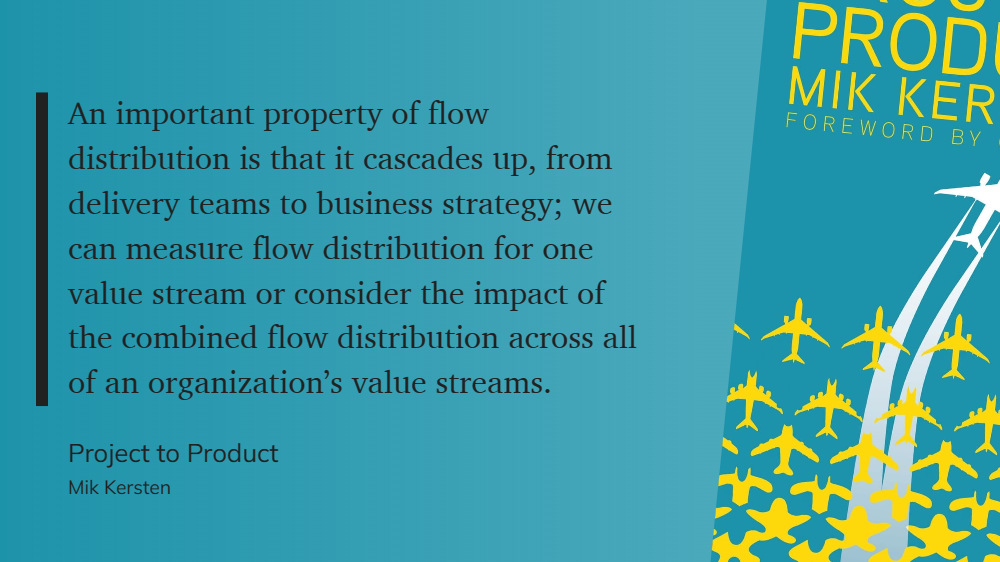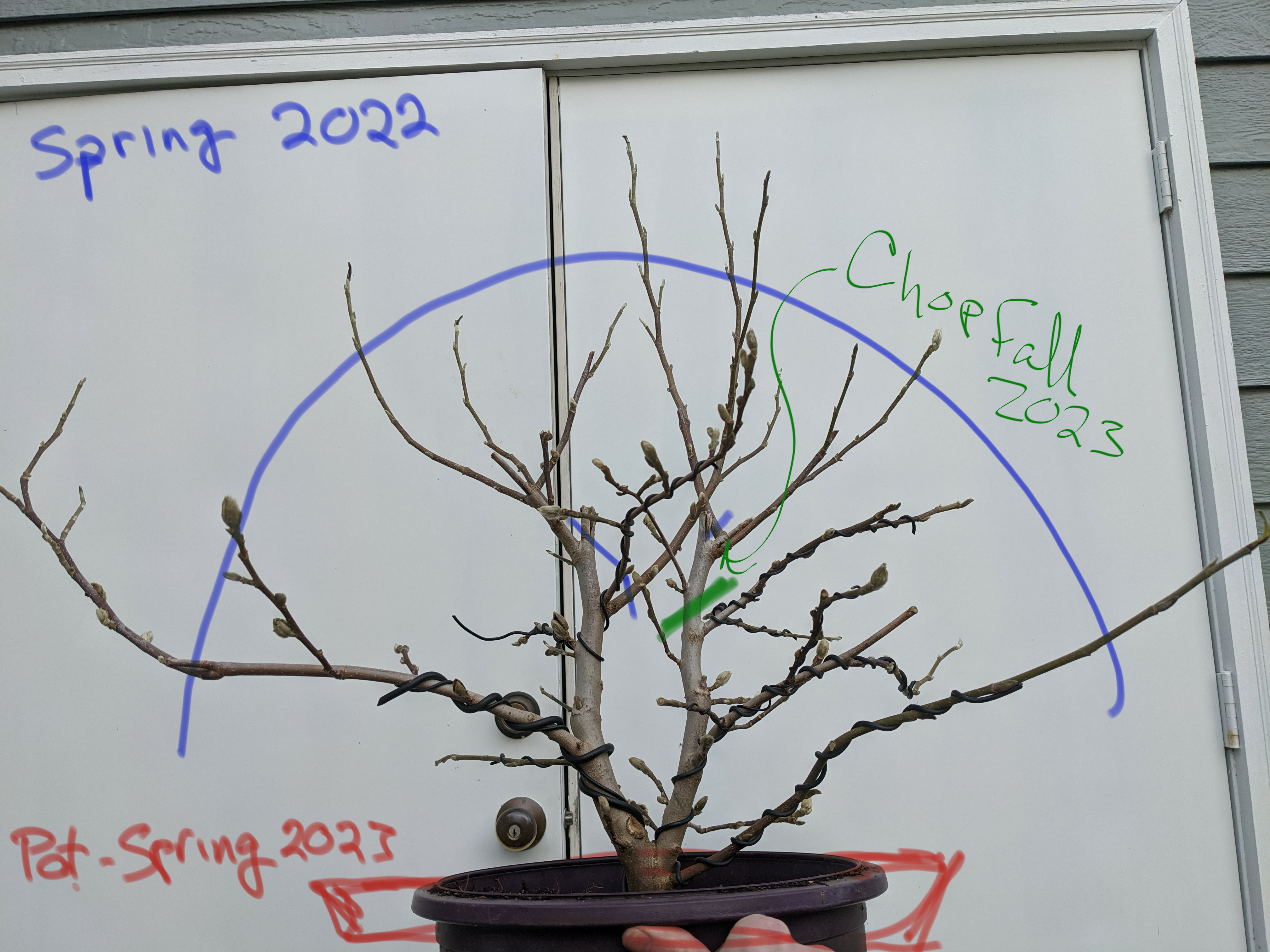Two years ago my wife bought me a class to make a bonsai. I made a tiny tree in a small pot. It was generous to call it a Bonsai and most practitioners would look upon it with a sense of “that’s cute”. Since then, I’ve managed to keep that tree alive and now have a collection of trees that I’m slowly turning into Bonsai. Along the way I’ve learned a lot about horticulture and art, and maybe some things that make me a better product manager along the way.
The biggest thing that Bonsai and Product have in common is that they are both Complex Adaptive Systems. Bonsai live in small containers but react to the weather, soil, pruning, fertilizing. You have to keep the tree watered and fed, and keep the balance of healthy root and foliage. Software products live in small containers, react to users, developers, growth, and changes in taste. You have to keep them updated and running and healthy, and keep a balance of new features and technical debt.
Patience
Bonsai is an art practiced on the scale of decades. Masterpieces are handed between generations of care takers. Master to apprentice, parent to child. In order to keep a bonsai tree alive you must balance advancing the tree as a work of art with the requirements of its continued health.
Each season you can do maybe one changes of significance. Sometimes a change like repotting a tree or a major styling will mean you have to let the tree sit for a whole year in gentle care before you do anything with it. One tree I bought at Thanksgiving last year got moved to a different pot and got a first trim to bring its shape generally right. Next spring it will move to a bonsai training pot. Then I won’t do anything until late fall when the roots have had all summer to recover. Slow moves, lots of time for the system to recover.
Similarly, with software products, patience is an important skill to make sure we don’t push the team faster than they can write good code, or make changes to the product faster than you can learn from users response to the changes. Patience can help us be less frantic and pay attention to the work in front of us in this season rather than the whole roadmap.
As John Cutler puts it: Are You Shipping Faster Than You Learn, or Learning Faster Than You Ship?
When a team accumulates a lot of learning, it can be tempting to settle into a period of fast shipping. “We know what we need to build, and just need to execute!” But that certainty is a mirage. We let our guard down. More efforts miss the mark multiplied by the increased rate of shipping.
This isn’t to say that you need to go at Bonsai speed with software. In fact there is a lot of research that CI/CD results in safer development and better products. But Bonsai has taught me that sometimes you need to remember patience when you are waiting for your engineers to build something, or waiting to learn from an experiment. Sometimes you cannot go at break neck speed. As I’ve done more Product Operations I’m finding that people move much closer to Bonsai speed than software speed.
Balance in maintenance
Bonsai requires that you keep a tree in constant balance between the roots that collect nutrients and water from the soil while needing sugars to grow and work and the foliage that produces sugars from photosynthesis but needs water and nutrients from the roots to grow and photosynthesize. If you get those systems out of whack with each other the plant cannot grow, might die, and you certainly can’t advance your goals for how the tree looks as a piece of art.
In order to do this successfully you must manage how much trimming and shaping you do. You have to do those operations in the proper season or the plant won’t be able to recover be for winter cold or summer heat. Repot in mid-summer and their won’t be enough healthy roots to provide water for the lush active foliage. If you cut back the foliage hard in mid-summer styling you won’t be able to produce enough sugar to keep the roots healthy, and the tree will starve for energy, the roots will die, and now you need to save the tree or lose it instead of making progress. Similarly, in Product Management we must always be in balance both in what we do to the product, but also how we operate as people in the system.
With respect to the product we need to make sure that we keep different types of work in balance with each other in order to keep the product healthy. We need to balance adding new features with tending to technical debt payments and the tasks that keep the software up to date. This reminds me of the Flow Framework of Flow Dirstribution and managing the distribution of different flow items (feature, bug, task, debts) for a healthy product that achieves business outcomes. In the case of commercial software success is a growing profitable business. In bonsai, success is a healthy, beautiful piece of art.

Balance in presentation
Parallels between the art of composing an attractive tree and the art of composing an attractive UX are probably the most obvious parallels I could draw. But, I’ve always been more of a platform and infrastructure PM. So it has been fun to immerse myself in a visual art. I think the thing that I have been amazed at is the ever expanding set of concentric circles that it takes to compose a bonsai for display.
- The structure of the tree itself
- Branch placement and length
- Trunk lines
- The direction of the trunk
- The visual style of the tree (formal upright, informal upright, cascade, slanting, etc)
- Development of fine twigging
- Leaf size
- Internode size
- Picking the right pot for the tree
- Composing more than one tree together
- Having proper accent plants
- Having proper stands
- Having a proper scroll in the background
The list goes on and on and some steps along the way intersect with entirely different arts such as pottery and carpentry, and Ikebana (the Japanese art of flower arrangement). Similarly, with product the space of user experience is infinitely expansive. Starting at how a feature is designed and expanding up through how the module, and product are used and out into how customers discover, buy, onboard, experience and renew with your product. How your organization builds products and prioritizes. We work with designers, engineers, customer support and success, sales, and marketing. All of these skills is expansive and connects out to further.
Pay attention
Finally bonsai prompts me to pay attention to the details. Despite being a long term project of decades, success requires that you pay attention day to day season to season. Does the tree need more water, two or three times a day? Have you overwatered? Do you need to move it to shade in the summer heat? Do you have pest problems? Has the soil broken down? Is your wire biting into the tree?
Consistently paying attention to the details is important in bonsai and product, and really in life.
